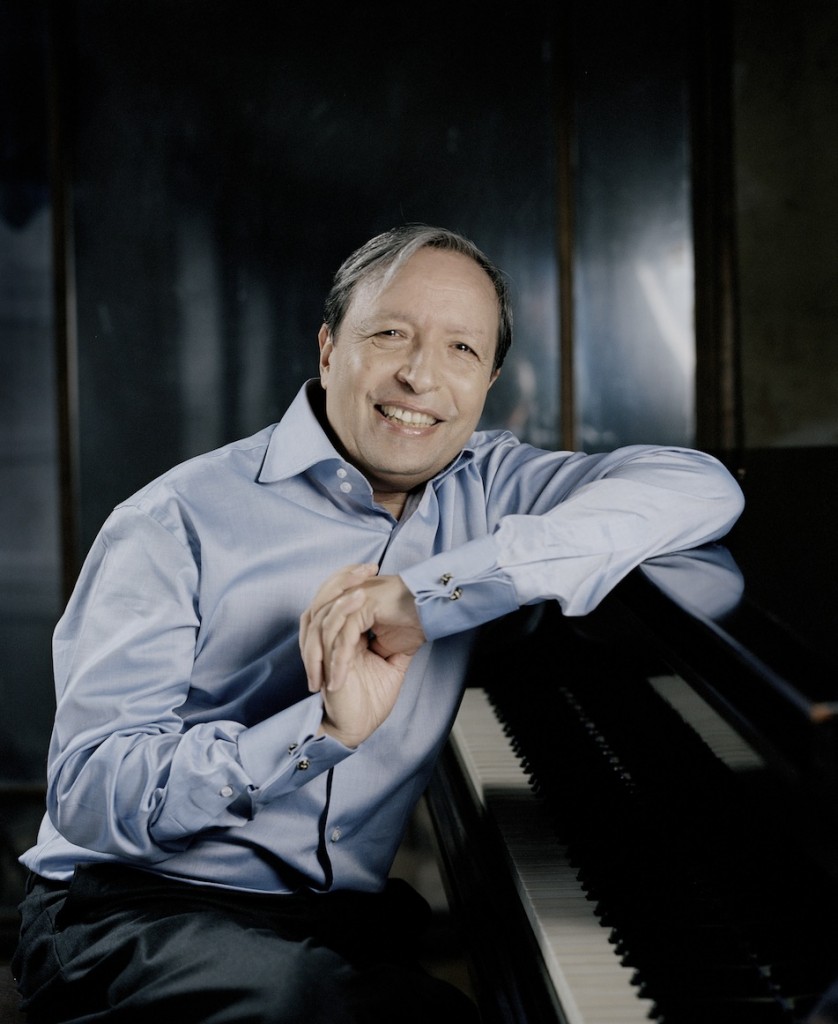Perahia channels his inner Beethoven to a surprising degree at Avery Fisher
Sunday in Avery Fisher Hall Murray Perahia presented a solo recital of what has come to fit a pattern for him – Bach, Beethoven, and early to mid-19th century works (in this case Schumann and Chopin). Despite his propensity for traditional programming, Perahia’s pianism is never ordinary, and increasingly revelatory, somehow managing to shed new light on the old standbys of the piano literature.
An avid and frequent performer of Bach, Perahia devoted years of study to the harpsichord as well. But rather than attempting to purely imitate, his rendition of Bach’s French Suite No. 4 in E-flat major stayed rooted in the sounds and capabilities of the piano. Always delicate with strict attention to detail, Perahia managed to avoid a precious touch. His study of the harpsichord was evident in the clarity of the ornaments and counterpoint, and his ability to let the music speak plainly for itself.
Perahia followed with Beethoven’s “Appassionata” Sonata No. 23 in F minor. A perpetual favorite, it was the clear highlight of the afternoon, both for the audience and, it seemed, for Perahia himself.
If the Bach was graceful and meant to be understood, the Beethoven was anything but. It was a study in contrasts, from the very beginning. Perahia made the opening unison line in both hands barely audible, and hardly gave the audience time to settle in before launching into the thick chords and fiery dynamic shift that give this sonata its popularity. It’s a marvel that the Avery Fisher Steinway didn’t seem big enough for Perahia and his Beethoven, considering the limitations of Beethoven’s own pianos.
But Perahia certainly seemed to be channeling the composer and his historically documented high-contrast playing style. Imperfections abounded, particularly in the large chordal sections, which literally shook the foundations of the piano. The running passagework of the third movement always seemed to be on the edge of his control with a bubbly energy that was perpetually moving forward without ever getting faster. The performance was surprising and utterly breathtaking, with exactly the kind of energy Beethoven himself surely elicited.
After intermission, Perahia presented Schumann’s Papillons, a light-hearted work based on the images and ideas of a masked ball. However, Perahia was almost too strident in places, particularly in the octave passages that seemed to beg for a less serious take. The Chopin set that followed – Chopin’s Nocturne in B Major, Op. 62, No. 1 and three etudes (Op. 25, No. 1, Op. 25, No. 5, and Op. 10. No. 4) – were all perfectly graceful, and borderline academic, with the exception of the last etude, which drew on his fiery ways once again, and which also helped launch him into the closing work.
Perahia finished the program with Chopin’s Scherzo No. 2 in B-flat minor, another crowd favorite. Perahia drew more on his Beethoven style of playing than the finesse one has come to expect of Chopin interpreters. The opening chords hurried downwards, and the quiet triplet motive barely had time to emerge out of them. The passionate romanticism was there, even if it tended to verge on too much. It was a breathless performance that shook one’s perception of the typically bel canto Chopin. But what more can one ask for if not for the performer to take them on a wild and unexpected journey, and Perahia did certainly that.
